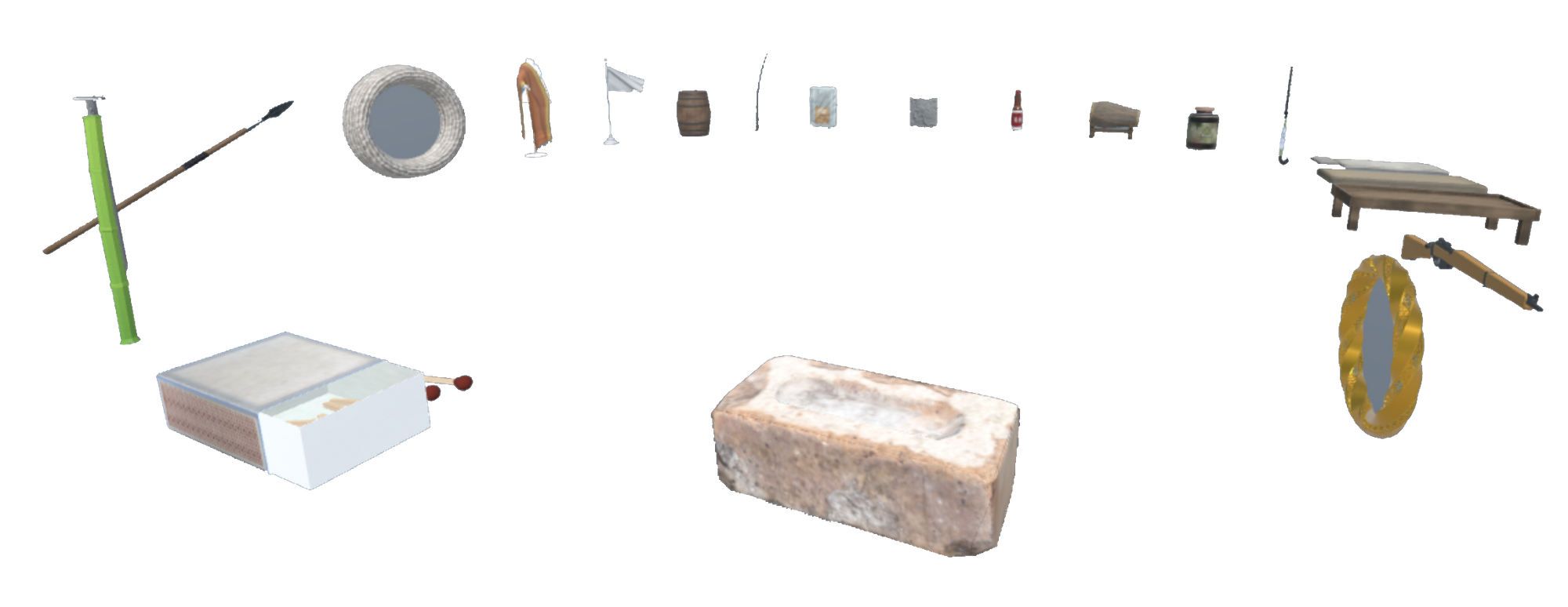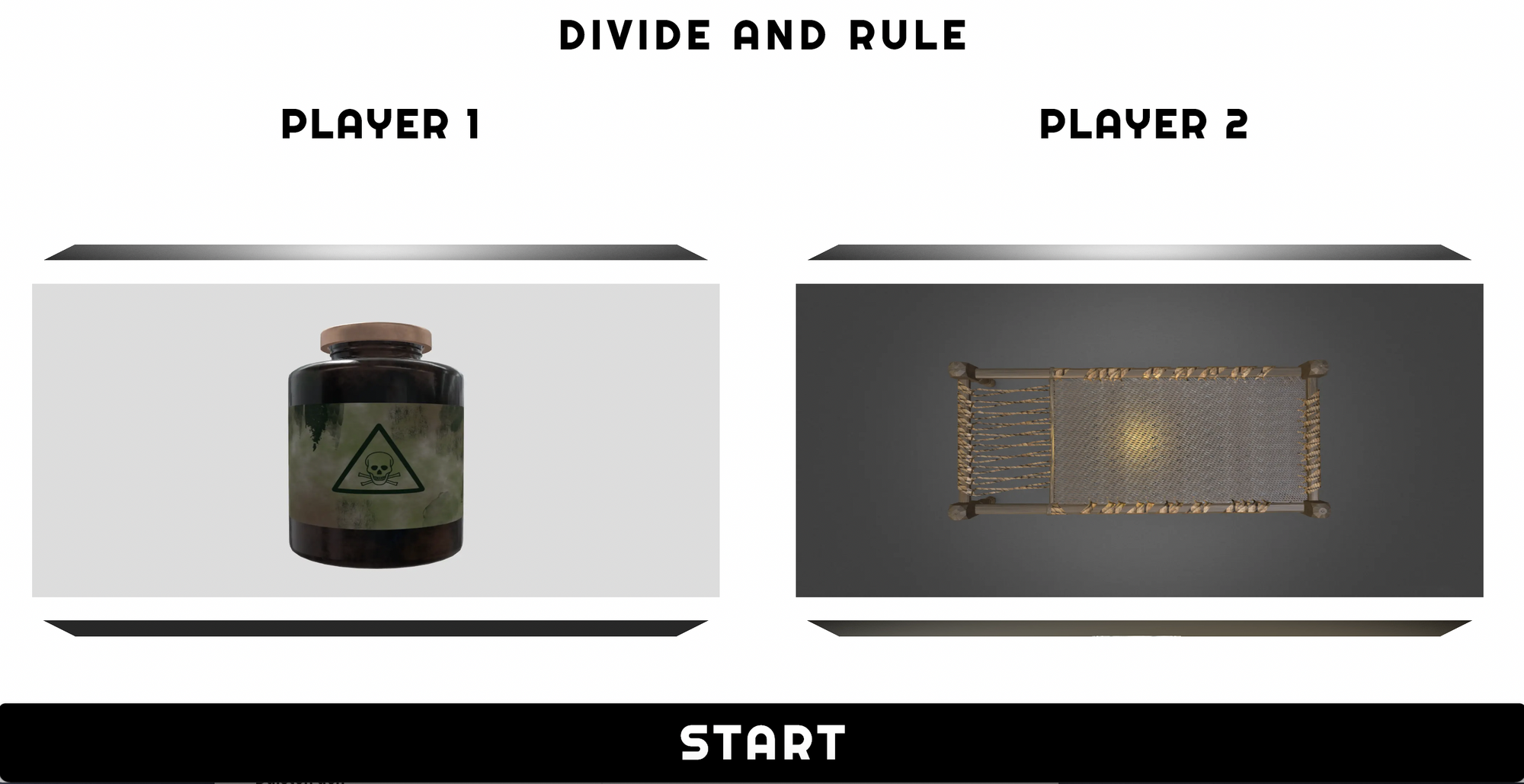Divide and Rule
Sana Iqbal + Jane Davies
click ↑
This work, created through the collaboration of artist Sana Iqbal, and digital anthropologist Jane Davies, presents a series of three-dimensional models sourced by the collaborators. Focusing on both Iqbal and Davies’ interest in objects and how they stand to be transformed in digital space, the collaborators developed two different digital spaces to present objects which in their physical form (‘in real life’ or IRL) were dangerous objects in the 1947 Partition of Pakistan and India. Through Iqbal’s practice and investigation of Pakistani narratives from the partition era, Iqbal identifies objects which were either used to harm, defend, or cause conflict during partition. The work created, invites the viewer to consider the objects, and how they might be use in conflict. Owing to the often quoted ‘tit-for-tat’ form of conflict during Partition, Iqbal realized a ‘3D slots’ interface, which invites the viewer to consider these dangerous objects in a ‘Player 1 vs. Player 2’ format. Alongside this, as a result of the conversations between Iqbal and Davies, Davies collected these objected within a digital space (Mozilla Hub), as an inquiry into how object scale can be easily manipulated in digital spaces.
Throughout this collaboration, three key themes emerged: the availability and therefore representation of objects as 3D model repositories, the static nature of 3D models, and the scalability of digital objects. In sourcing existing 3D models for this work, the name of an object frequently did not provide any results, at which point different words were used, or comparable objects from other cultures to substitute for these objects were considered. Further still, when identifying objects there were differences in the two collaborators own cultural backgrounds (Pakistan and Canada), which influenced the type of objects sourced. For example, “cots” and “bedding” produced notably different results. When reflecting on the digital objects themselves, notably the inherent ‘danger’ of some of the objects becomes muted by the static nature of the 3D models. Notably, material or rope becomes ridged and inflexible in a digital model, while IRL fabrics and ropes are supple, bendable, and adaptable, holding the potential for harm as a result. Lastly in contemplating these objects in digital space, the digital affords a dimension that physical manifestations do not; the ability to easily drag and manipulate the scale of objects. In playing with the scale, the two collaborated aim to open up the possibility for further investigation into the scale of objects and how this stands to affect their perceived danger.
click ↓

